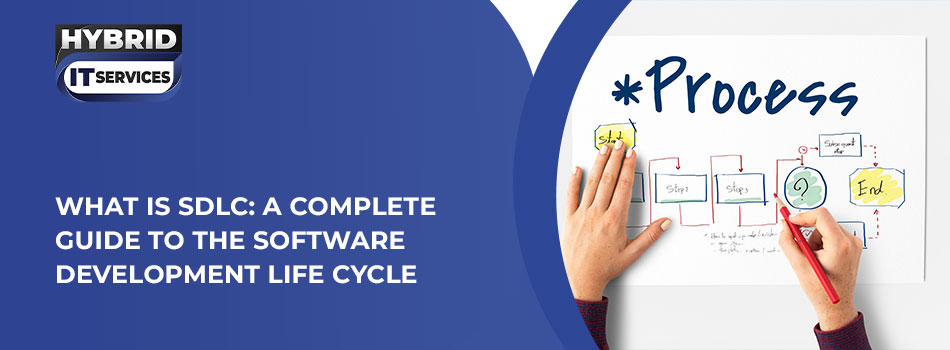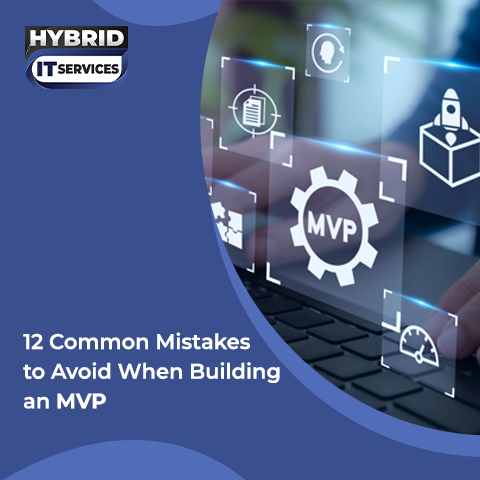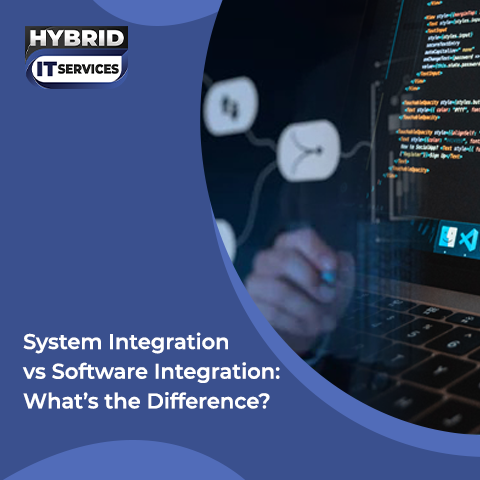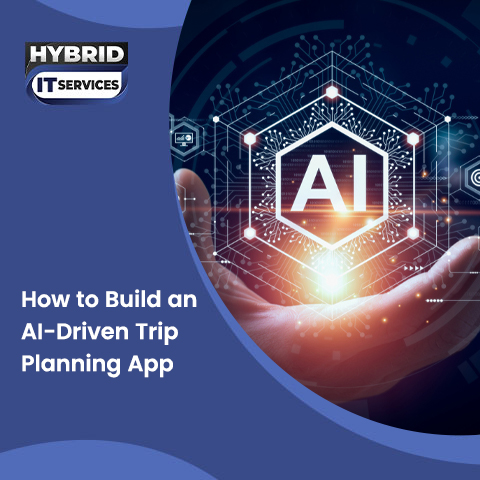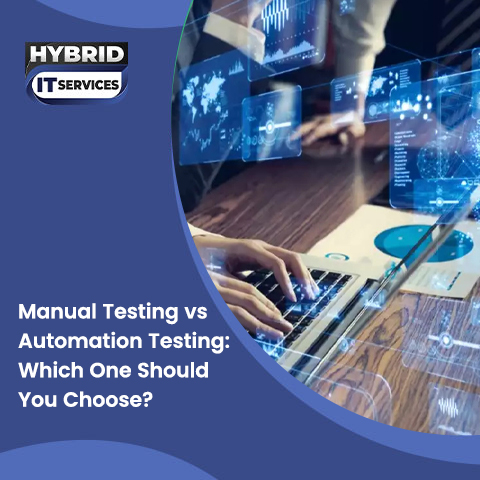In the continuously changing world of software development, success is not just about coding lines. It involves a systematic, disciplined process that guarantees quality, consistency, and focus on business objectives. Here's where SDLC (Software Development Life Cycle) is important.
Hybrid IT Services believes that adhering to a systematic process that reduces risks and yields value to customers is critical. The software development life cycle offers a guide to help your team navigate from idea to completion.
What is SDLC?
The Software Development Life Cycle (SDLC Process) is a formal methodology. It is employed by development teams to create, develop, test, deploy, and maintain software systems. It establishes a series of phases through which software has to go while being developed. The objective of SDLC is to develop good-quality software meeting or surpassing customer requirements, delivered on time and within budget, and maintainable.
Each phase in the software development life cycle has a specific function. With deliverables and documentation that keep the process under control and transparent.
Let's break down the reasons behind the high cost of custom software development: Why custom software development is expensive?
Why is Software development life cycle?
The significance of software development life cycle models is that they deliver structure and predictability to software projects. Without a well-established process, teams can easily become aimless, resulting in miscommunication, failed deadlines, overbudgeting, and buggy software. SDLC makes sure all team members, from project managers and developers to quality assurance.
Testers and designers know their responsibility and role. It also assists in the early detection of risks, enables improved resource planning, and enables easier monitoring of progress. For companies, SDLC serves as a cushion, ensuring that the final product is working, scalable, and in accord with users' needs and market requirements.
Phase 1: Planning and Requirement Analysis
Planning and requirement analysis is the initial phase of the SDLC. It is the most important stage since the scope and direction of the entire project are outlined here. During this stage, the stakeholders meet to realize what the software needs to do and how it will support business goals. Technical viability, cost approximation, and risk evaluation are also performed.
At Hybrid IT Services, we conduct software development life cycle testing discovery sessions with the customers. It is to gain knowledge, set objectives, and record first-level requirements. This serves to develop a good foundation and prevent expensive changes down the road.
Phase 2: Defining Requirements
After gathering the necessary information, the next step is to convert those insights into a formal Software Requirements Specification (SRS) document. This document serves as a single source of truth for the development team and outlines everything from functional requirements to performance criteria. It includes use cases, user stories, data flow diagrams, and any technical constraints.
Detailed and complete SRS documentation is crucial because it reduces confusion and establishes expectations around what the software will do and won't do.
Phase 3: System Design
With requirements determined, attention turns to system design. Architects and developers use this phase to design the road map of how the software will be constructed. This means defining the system architecture, database schema, technology stack, and user interface design. Wireframes, mockups, and technical specifications are created to see the product visually before starting development.
Let’s explain all the steps involved that can make the process faster: How Long Does Custom Software Development Take?
A well-planned design makes the software scalable, secure, and easy to maintain. Hybrid IT Services takes special care in UI/UX design practices so that the final product not only works but is also user-friendly and looks great.
Phase 4: Coding and Development
With the approval of the design, actual coding starts. This is where the software is actually developed by the development team based on the specifications defined during the previous stages. Depending upon the project, various programming languages, frameworks, and tools are employed. Agile, Scrum, or Waterfall methods can be the guide to the process of development.
Phase 5: Testing
Once developed, the software is thoroughly tested to detect and correct bugs. Validate functionality and confirm that the software complies with the requirements outlined in the SRS document. This stage involves different kinds of testing like unit testing, integration testing, system testing, performance testing, and user acceptance testing (UAT). Explore more: How to Integrate Custom Software with Existing System?
With SDLC, quality assurance teams closely collaborate with developers to make sure each module functions as required and is compatible with other components of the system. Software development life cycle testing is not a singular activity. It repeats throughout the lifecycle to ensure software reliability and security.
Phase 6: Deployment
After all the tests are completed, the software is deployable. Here, the software is released to the production environment and deployed to end-users. Based on the complexity of the project, deployment may occur in phases or as a whole. Rollback procedures and backup systems are implemented to correct unexpected problems. We help our customers transition seamlessly from development to deployment, with minimal downtime and a hassle-free user experience.
Phase 7: Maintenance and Support
Deployment is not the end of the software development life cycle. After deployment, the software needs to be monitored, serviced, and updated to fix problems, enhance performance, and respond to evolving requirements. Bugs can be found; new functionality can be added. These updates can be required to continue being compatible with changing technology.
Let's explore key strategies to enhance software performance: How to Optimize Performance in Custom Software Development?
There should be a solid maintenance plan for long-term success. Our company provides ongoing support, security patches, and performance tuning services to keep your software current and strong throughout its lifespan.
Conclusion
Software Development Life Cycle is not merely a technical model. It is a strategic method of creating software with accuracy, meeting deadlines, and matching the needs of the users. At Hybrid IT Services, we approach SDLC as a foundation of our development belief system. Consult now for our software development service and get more information.

